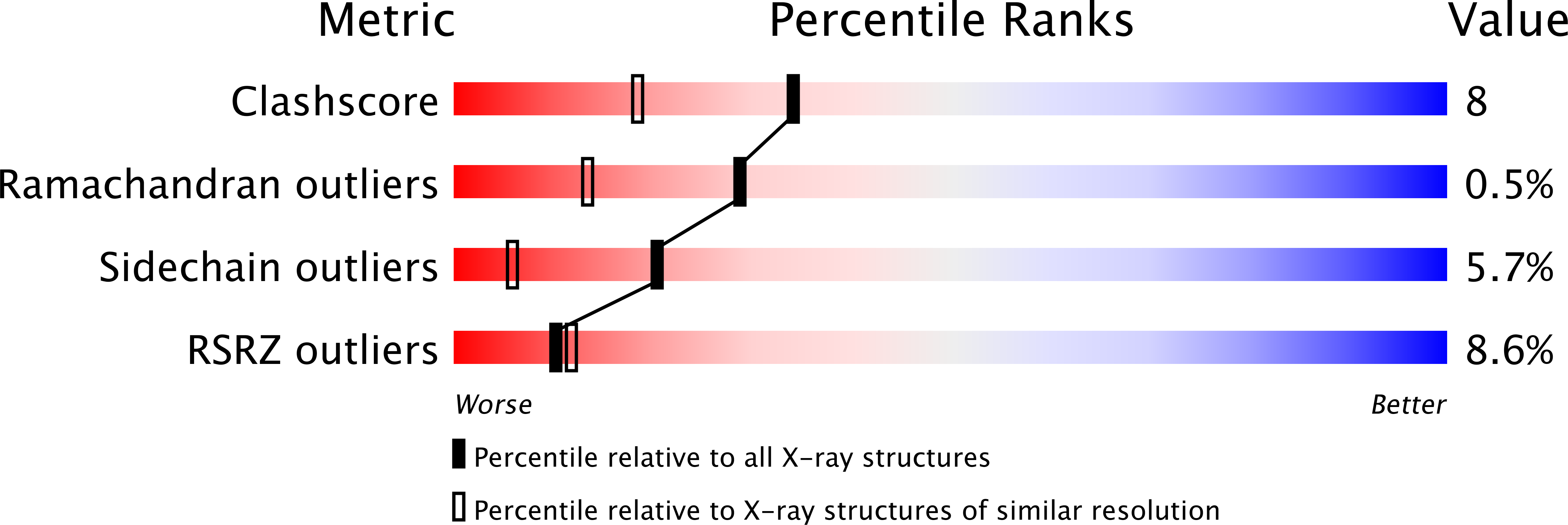
Deposition Date
1999-01-06
Release Date
1999-01-13
Last Version Date
2024-10-30
Method Details:
Experimental Method:
Resolution:
1.72 Å
R-Value Free:
0.25
R-Value Observed:
0.20
Space Group:
C 1 2 1


